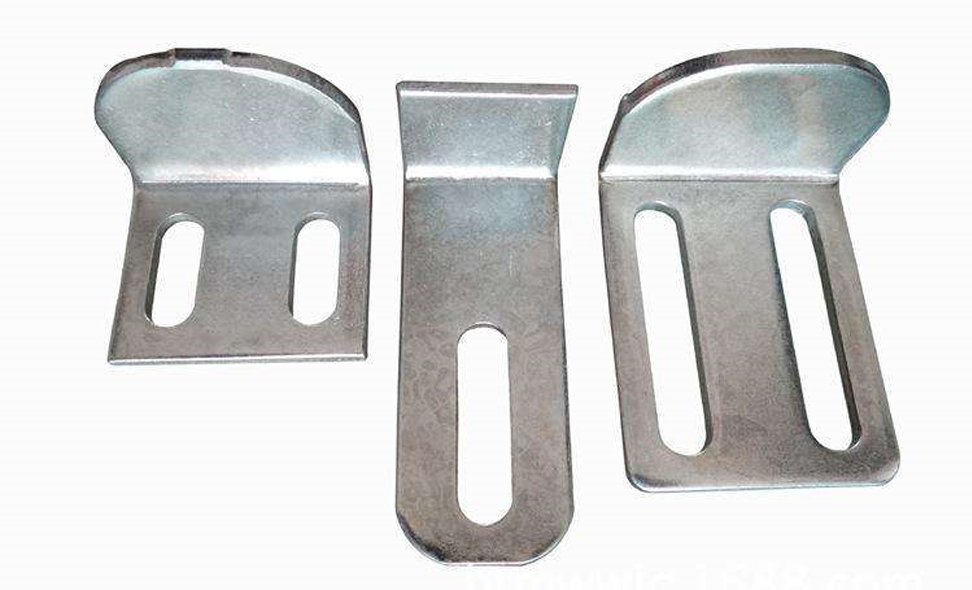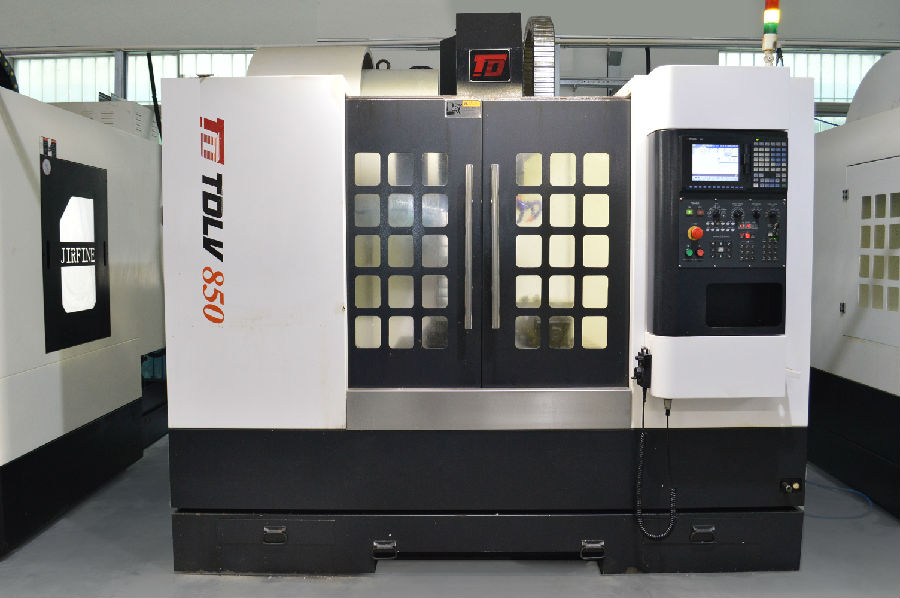In the machining process of an enterprise, in order to reduce machining errors and improve work efficiency, fixtures are used for auxiliary processing and production. As an indispensable and important component in process production, fixtures play a very important role, whether it is processing equipment or the choice of processing scheme. In the mass production process, in order to improve the qualified rate and production efficiency of parts, we can use special fixtures. It can not only improve the accuracy of parts, but also reduce labor intensity and improve economic benefits.
Special machine tool fixture: Special machine tool fixture is a fixture specially designed and manufactured for a certain process of a workpiece. Special machine tool fixture is suitable for applications where the product is relatively stable and the output is large.
Therefore, the special fixture is an important process equipment in precision machining, and its proposed demand meets the mass production. In order to improve the production efficiency and economic benefits of the precision machining of the product in the mass production process, a special fixture is designed for the numerical control center of the machining part.
 When careful precision machining on numerical control equipment, it is generally used to position two holes on one side, and the corresponding positioning elements on the fixture are two pins on one side. In order to avoid interference during the installation of the workpiece due to over-positioning, one of the two pins should be used. In the fixture design process, it is necessary to consider whether the workpiece is positioned, avoid under or over-positioning, ensure the precision of precision machining, shorten the clamping time, improve labor productivity, expand the range of machine tools, realize multi-function of one machine, easy operation, reduce labor intensity, and reduce the technical requirements of workers. The design includes some auxiliary components such as positioning devices, clamping devices, and tool guide elements. The fixture design requires two pins on one side to be positioned, one pin is designed to be round, the other pin is designed to be rhombus, and the two pins are also designed with elastic positioning pins, which can not only eliminate the error of the blank hole, but also ensure the reliable positioning.
When careful precision machining on numerical control equipment, it is generally used to position two holes on one side, and the corresponding positioning elements on the fixture are two pins on one side. In order to avoid interference during the installation of the workpiece due to over-positioning, one of the two pins should be used. In the fixture design process, it is necessary to consider whether the workpiece is positioned, avoid under or over-positioning, ensure the precision of precision machining, shorten the clamping time, improve labor productivity, expand the range of machine tools, realize multi-function of one machine, easy operation, reduce labor intensity, and reduce the technical requirements of workers. The design includes some auxiliary components such as positioning devices, clamping devices, and tool guide elements. The fixture design requires two pins on one side to be positioned, one pin is designed to be round, the other pin is designed to be rhombus, and the two pins are also designed with elastic positioning pins, which can not only eliminate the error of the blank hole, but also ensure the reliable positioning.
Machine tool fixtures are divided into two categories according to the generalization of use. One type is general-purpose fixtures, such as ordinary pliers, indexing heads, etc., which have the advantage of strong adaptability. The disadvantage is that they can only clamp regular workpieces, mostly manual clamping, which is inefficient and suitable for the production of regular single-piece and small-batch precision machined parts. The other type is a fixture specially designed and manufactured for a certain part or a certain process, because they are special, called special fixtures, which are suitable for small and medium-sized batch production or large-scale production.
Different types of machine tools have different fixture structures. Fixtures can be divided into lathe fixtures, drilling machine fixtures, milling machine fixtures, boring machine fixtures, grinding machine fixtures, and combined machine tool fixtures. Fixtures can be divided into different categories.
No matter what the classification is, a clear understanding of the definition of the fixture and the determination of the relative positional relationship between the workpiece and the tool and the machine tool can ensure the machining accuracy, quickly position and clamp the workpiece, reduce the auxiliary time and improve the production efficiency. Fixture refers to the device used to fix the machining object during the mechanical manufacturing process to make it occupy the correct position for construction or inspection, also known as fixture (qij). Understanding the definition of fixture allows us to know more clearly our needs for fixtures.


 Spanish
Spanish Arabic
Arabic Spanish Basque
Spanish Basque Portuguese
Portuguese Belarusian
Belarusian Japanese
Japanese Russian
Russian Icelandic
Icelandic Bulgarian
Bulgarian Azerbaijani
Azerbaijani Estonian
Estonian Irish
Irish Polish
Polish Persian
Persian Boolean
Boolean Danish
Danish German
German French
French Filipino
Filipino Finnish
Finnish Korean
Korean Dutch
Dutch Galician
Galician Catalan
Catalan Czech
Czech Croatian
Croatian Latin
Latin Latvian
Latvian Romanian
Romanian Maltese
Maltese Malay
Malay Macedonian
Macedonian Norwegian
Norwegian Swedish
Swedish Serbian
Serbian Slovak
Slovak Slovenian
Slovenian Swahili
Swahili Thai
Thai Turkish
Turkish Welsh
Welsh Urdu
Urdu Ukrainian
Ukrainian Greek
Greek Hungarian
Hungarian Italian
Italian Yiddish
Yiddish Indonesian
Indonesian Vietnamese
Vietnamese 简体中文
简体中文 Haitian Creole
Haitian Creole









